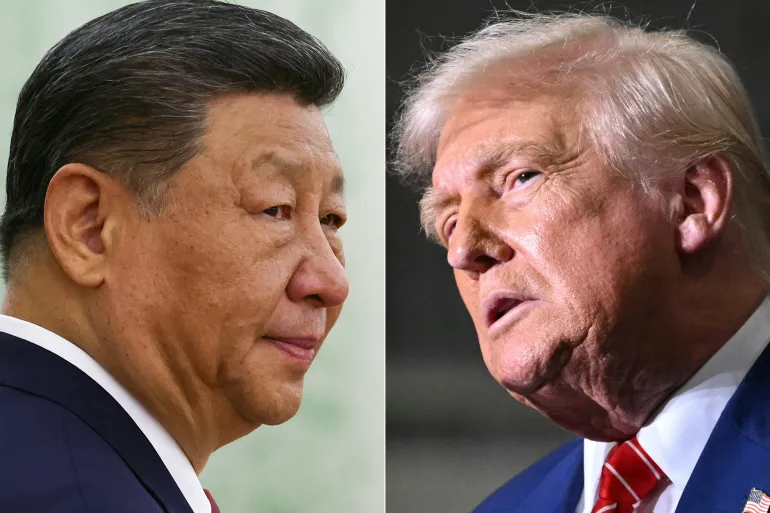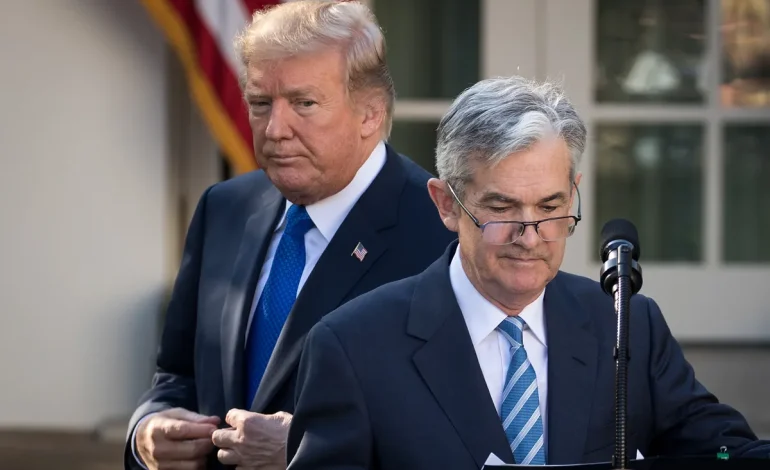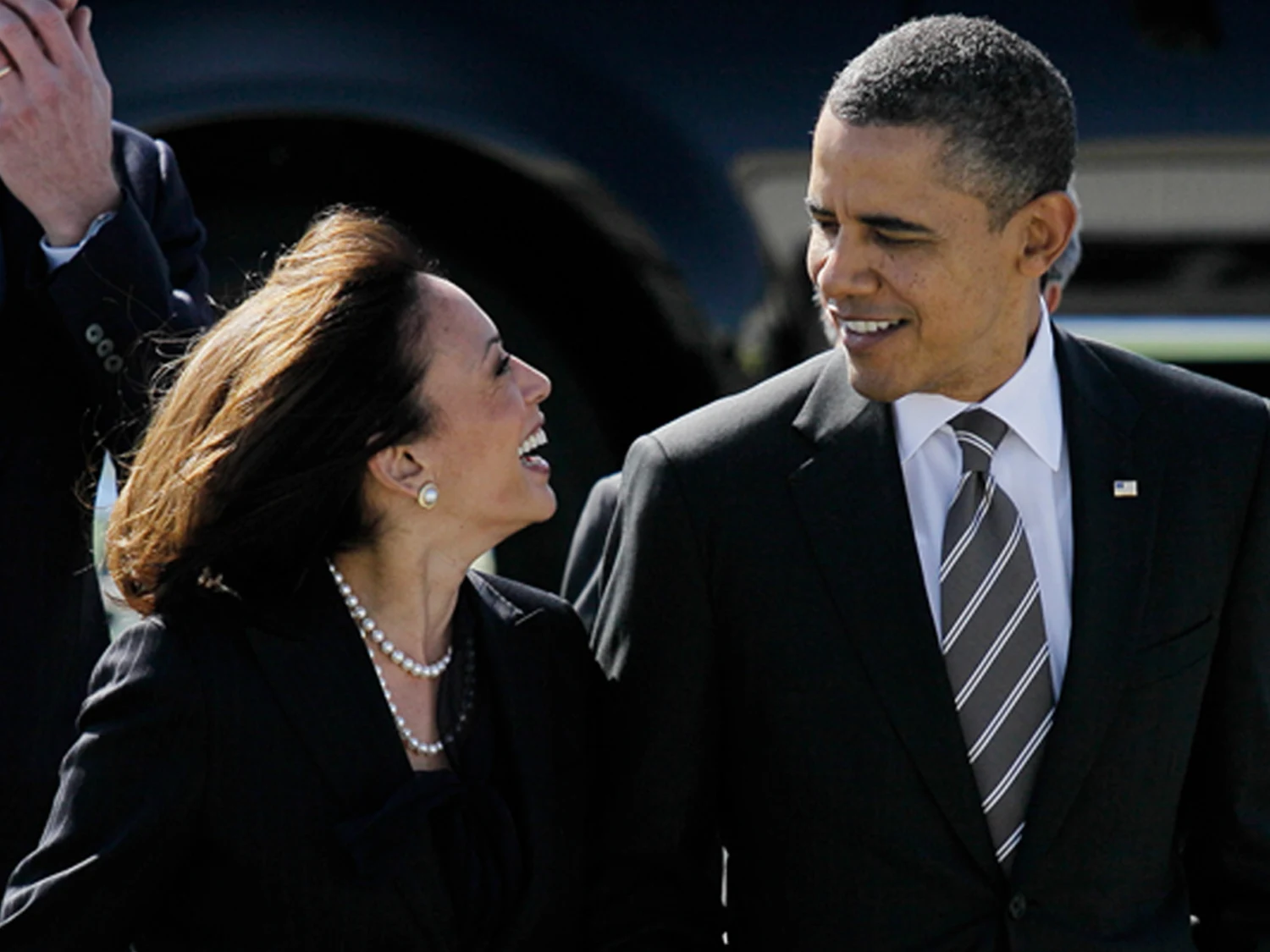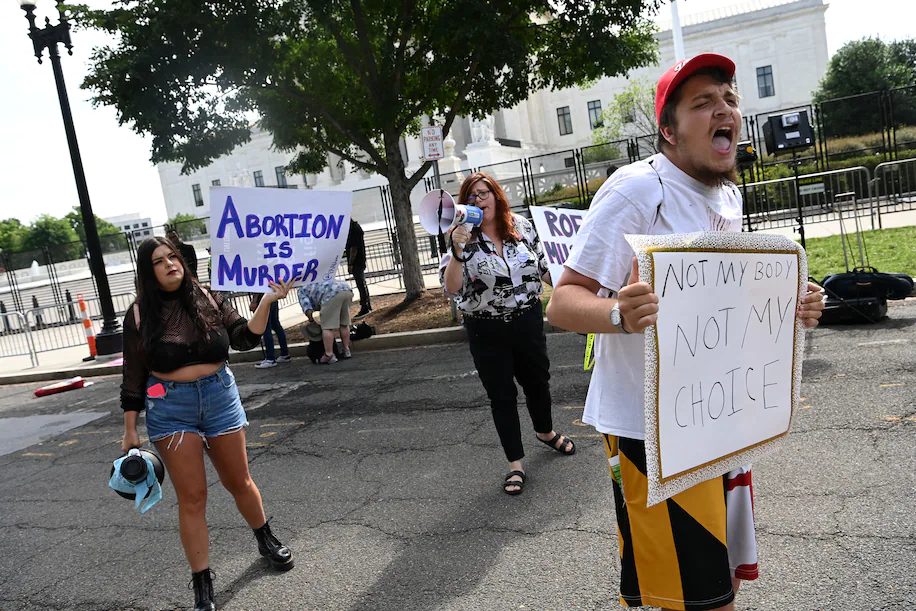President Donald Trump on Friday called on Federal Reserve Chairman Jerome Powell to cut interest rates by a full percentage point, intensifying his long-standing campaign for lower borrowing costs—even as newly released data showed stronger-than-expected job growth in May.
“Go for a full point, Rocket Fuel!” Trump wrote in a post on Truth Social, repeating his demand for aggressive monetary easing.
The president also criticized Powell, calling him “Too Late at the Fed” and alleging that the Fed’s current rate stance is “costing our Country a fortune.”
The latest jobs report from the Bureau of Labor Statistics showed nonfarm payrolls rose by 139,000 in May, surpassing the Dow Jones forecast of 125,000. The unemployment rate held steady at 4.2%, while average hourly earnings increased at a 3.9% annual pace—slightly above expectations.
Despite the robust labor market data, Trump pointed to recent rate cuts by other central banks, including the European Central Bank, which trimmed its benchmark rate earlier this week for the eighth time since June 2024. He argued that the US should follow suit to reduce borrowing costs, particularly as federal debt comes due.
“If inflation returns, the Fed can always raise rates again,” Trump added, asserting that a rate cut now would ease debt servicing without jeopardizing price stability.
While Trump’s call for rate reductions is not new, the size of the proposed cut—a full percentage point—is unusual outside of major economic downturns. The last time the Fed lowered rates by that magnitude in a single move was in March 2020, during the onset of the COVID-19 crisis.
Fed policymakers have held interest rates steady since December 2024 and are widely expected to do so again at their June 17–18 meeting. The central bank has emphasized the need for more economic clarity before adjusting policy, especially amid ongoing trade, tariff, and tax policy shifts.
Fed officials also continue to monitor inflation, which remains above the Fed’s 2% target. Many have said they see no urgent need to lower rates as long as the labor market and consumer spending remain stable.
“There’s nothing here to change the status quo for the Fed,” said Ed Al-Hussainy, a rates strategist at Columbia Threadneedle Investments. “Some downside bets on Fed cuts this summer will likely come out” after the jobs report.
Prior to Friday’s data, futures markets had priced in a 74% chance of a rate cut by September. After the stronger jobs numbers were released, that likelihood fell to around 62%, according to CME FedWatch data. The probability of two or more cuts by the end of 2025 dropped to just 22%.
While markets largely shrugged off the idea of a 1-point rate cut, Trump’s messaging underscores the political pressure facing the Fed as it tries to balance economic data with its dual mandate: maximum employment and stable prices.
Some analysts also noted Trump’s focus on the government’s debt profile. With much of the national debt set to be refinanced at higher interest rates, lower borrowing costs could reduce federal interest expenses, which recently reached their highest share of GDP since the mid-1990s.
CNBC, Bloomberg, and the Financial Times contributed to this report.









